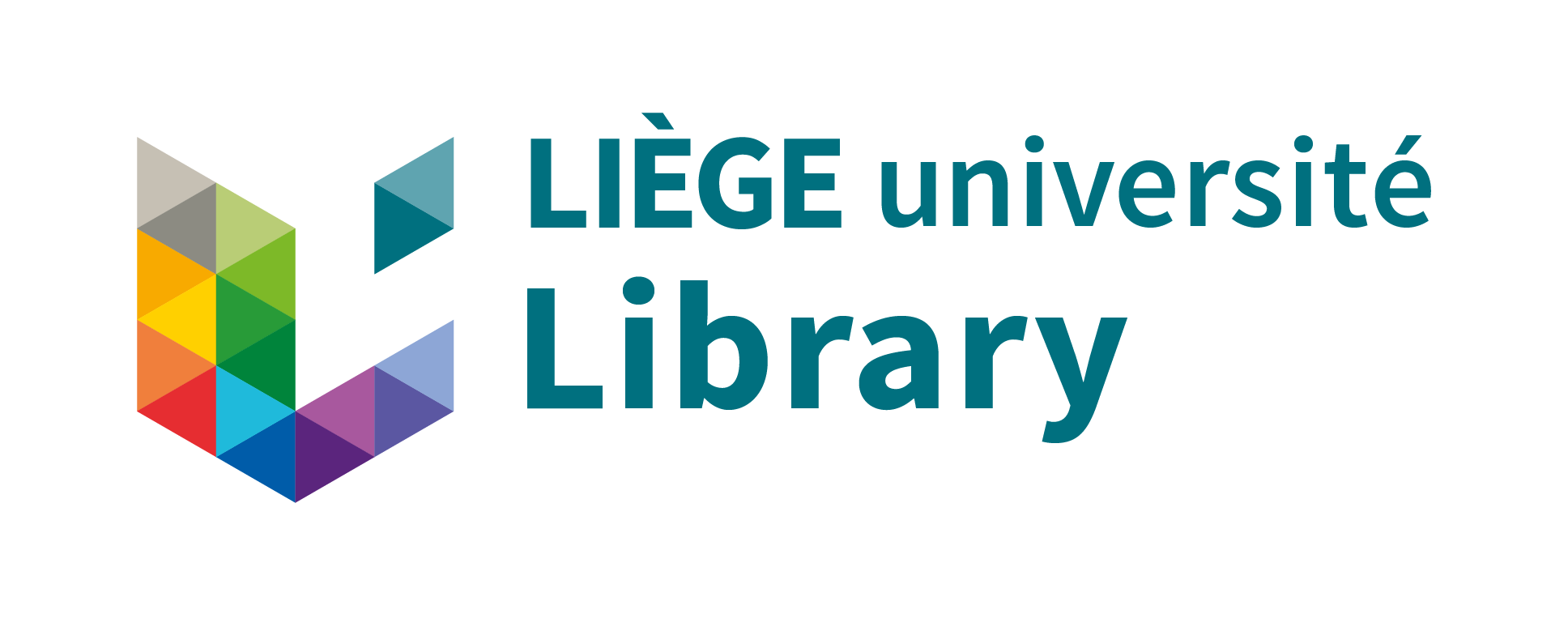Is the filtered historical simulation method adequate to forecast the expected shortfall ? An assessment based on the risk map
Wattiez, Phi-Khanh 
Promotor(s) :
Hambuckers, Julien 
Date of defense : 3-Sep-2019/10-Sep-2019 • Permalink : http://hdl.handle.net/2268.2/7498
Details
| Title : | Is the filtered historical simulation method adequate to forecast the expected shortfall ? An assessment based on the risk map |
| Author : | Wattiez, Phi-Khanh 
|
| Date of defense : | 3-Sep-2019/10-Sep-2019 |
| Advisor(s) : | Hambuckers, Julien 
|
| Committee's member(s) : | Broché, Patrick 
Fays, Boris 
|
| Language : | English |
| Number of pages : | 82 |
| Keywords : | [en] Risk Map [en] Value at Risk [en] Backtesting [en] Expected Shortfall [en] Fundamental Review of the Trading Book [en] Model |
| Discipline(s) : | Business & economic sciences > Finance |
| Institution(s) : | Université de Liège, Liège, Belgique |
| Degree: | Master en sciences de gestion, à finalité spécialisée en Banking and Asset Management |
| Faculty: | Master thesis of the HEC-Ecole de gestion de l'Université de Liège |
Abstract
[en] The Global Financial Crisis prompted the Basel Committee on Banking Supervision to call for
new measures to address risks that had not yet been handled. One of these requirements is the
replacement of the Value at Risk by the Expected Shortfall, which will help financial institutions
to capture tail risks and capital adequacy in periods of severe market stress. This change
has the effect of positioning the monitoring of market risk no longer on a certain quantile of the
Profit & Loss distribution but on the anticipation of losses beyond the Value at Risk. In addition
to this change, some theoretical issues have been identified, such as the unavailability of simple
tools to backtest the Expected Shortfall forecasts.
In this thesis, the main objective will be to verify whether the Filtered Historical Simulation
approach (Barone-Adesi et al., 2002) can be used to predict the Expected Shortfall. First, a
GARCH model will be used to estimate the Value at Risk. Based on this estimated Value at
Risk, the Expected shortfall will then be forecasted. Finally, the Risk Map tool (Colletaz et al.,
2013) will determine whether or not to validate the use of this model.
File(s)
Document(s)

 Is the Filtered Historical Simulation method adequate to forecast the Expected Shortfall? An assessment based on the Risk Map.pdf
Is the Filtered Historical Simulation method adequate to forecast the Expected Shortfall? An assessment based on the Risk Map.pdf
Description:
Size: 5.39 MB
Format: Adobe PDF
Annexe(s)
Cite this master thesis
The University of Liège does not guarantee the scientific quality of these students' works or the accuracy of all the information they contain.


 Master Thesis Online
Master Thesis Online



